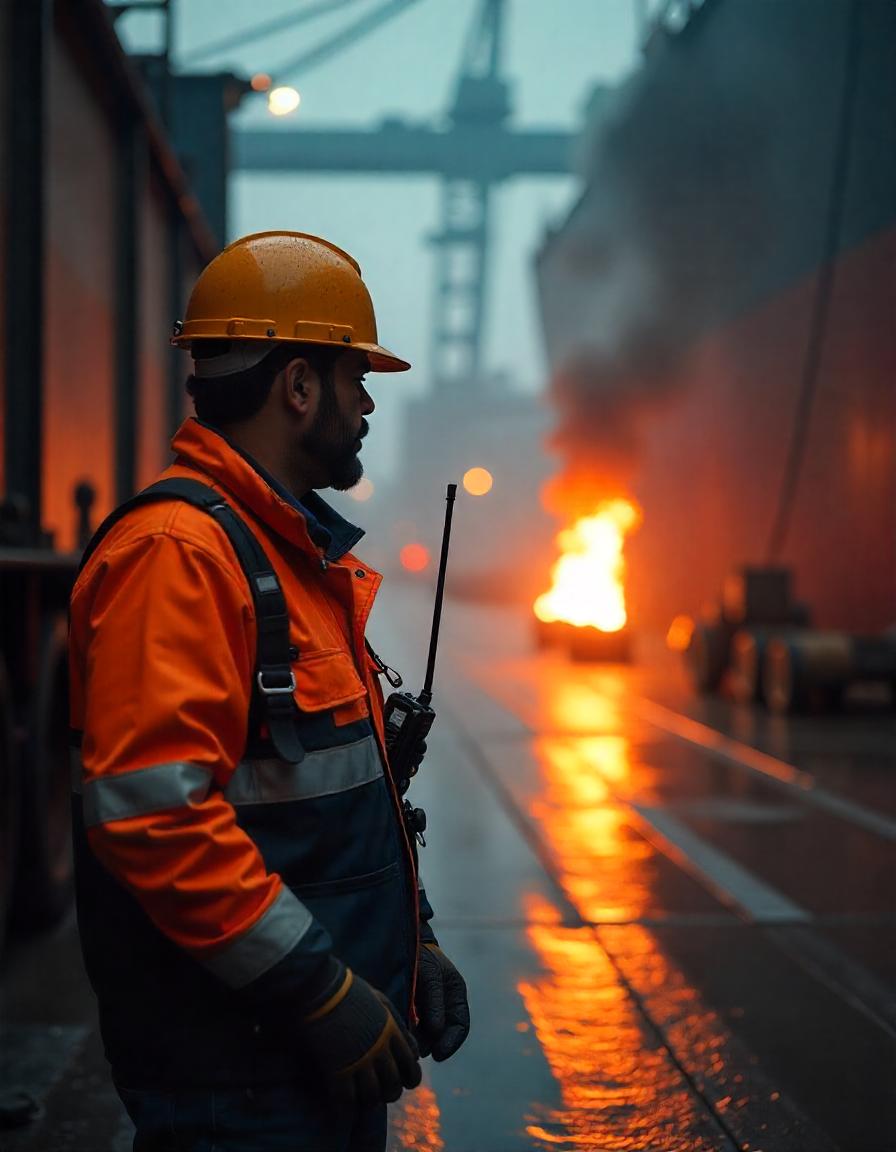
When sparks fly during welding cutting grinding or any form of hot work the risk of fire is never far behind. That is why fire watch duties are not just important they are life saving. Understanding fire watch responsibilities during hot work can make the difference between a job completed safely and a disaster waiting to happen.
Why Fire Watch Matters
Hot work is any process that generates flames sparks or heat that could ignite flammable materials. From welding and soldering to torch cutting and brazing hot work creates a fire hazard. The role of a fire watch is to monitor the work area and take immediate action if a fire starts or conditions become unsafe.
The fire watch is not an optional task it is a critical control measure required by safety standards across industries. This role protects not just workers but the facility property and the surrounding environment.
Core Responsibilities of a Fire Watch
Here are the key duties every fire watch must take seriously:
1. Stay Focused and Alert
A fire watch must remain in the work area for the entire duration of hot work and even after it ends. Their job is to remain vigilant and ready to respond. Distractions are not allowed because even a small lapse in attention could lead to disaster.
2. Identify Fire Hazards
Before hot work begins the fire watch should inspect the area for combustible materials fuel sources or any unsafe conditions. If a hazard is identified it must be addressed immediately by removing the hazard or applying control measures like fire blankets or shields.
3. Ensure Fire Equipment is Ready
The fire watch must verify that fire extinguishers are present fully charged and appropriate for the type of potential fire. In some cases hoses sand buckets or additional equipment may be required based on the work and environment.
4. Maintain a Clear Escape Route
During an emergency the path to safety must be clear. A fire watch should know all exits and evacuation routes and ensure they remain unobstructed. They must also know how to activate the emergency alarm and call for help.
5. Remain On Duty After Work Ends
Fires can smolder long after the heat source is gone. Fire watches must remain at the site for a specific period after hot work usually no less than thirty minutes to monitor for delayed ignition.
6. Keep Communication Open
The fire watch must be able to communicate quickly and clearly with the hot work team and emergency response personnel. Radios alarms or other alert systems should be tested and functional.
Skills and Training Required
A fire watch must be trained and competent. This includes knowledge of fire behavior use of fire extinguishers recognition of fire hazards and proper emergency procedures. They should also be physically able to remain on watch and act swiftly in case of danger.
In many industries fire watch personnel must complete formal fire safety training and certification to meet legal and organizational safety requirements.
Common Mistakes to Avoid
-
Leaving before the area cools down
-
Assuming someone else is watching
-
Blocking exits or fire equipment
-
Not reporting near misses or unsafe conditions
Each of these errors can lead to catastrophic outcomes. Vigilance and responsibility must remain constant.
Final Thoughts
Fire watch duties during hot work are not just checkboxes on a safety form. They are a shield between your team and tragedy. Appointing a trained fire watch is a simple yet powerful way to reduce the risk of fire protect your people and comply with legal and safety standards.
Whether you are managing a construction site running a refinery or performing routine maintenance never overlook the power of a watchful eye during hot work. Safety is not automatic. It is intentional.
 Richard Mills
Richard Mills